For many years I have been questioned on my retention of the grid in my paintings. I have explained to those interested that the grids represent the control mechanisms that are exercised by the law and bureaucracy of government. It is a parallel with the ‘control mechanism’ traditionally used by artists in transposing a perhaps small image onto a larger surface, as for example from a sketch to a wall mural. Like government regulation the grid can result in changing the nature of the gridded image. I exaggerate change by using the grid as a tool to dislocate colour from line drawings – the identity through line may be intact but colour may be random rather than located in the image, albeit deriving from it.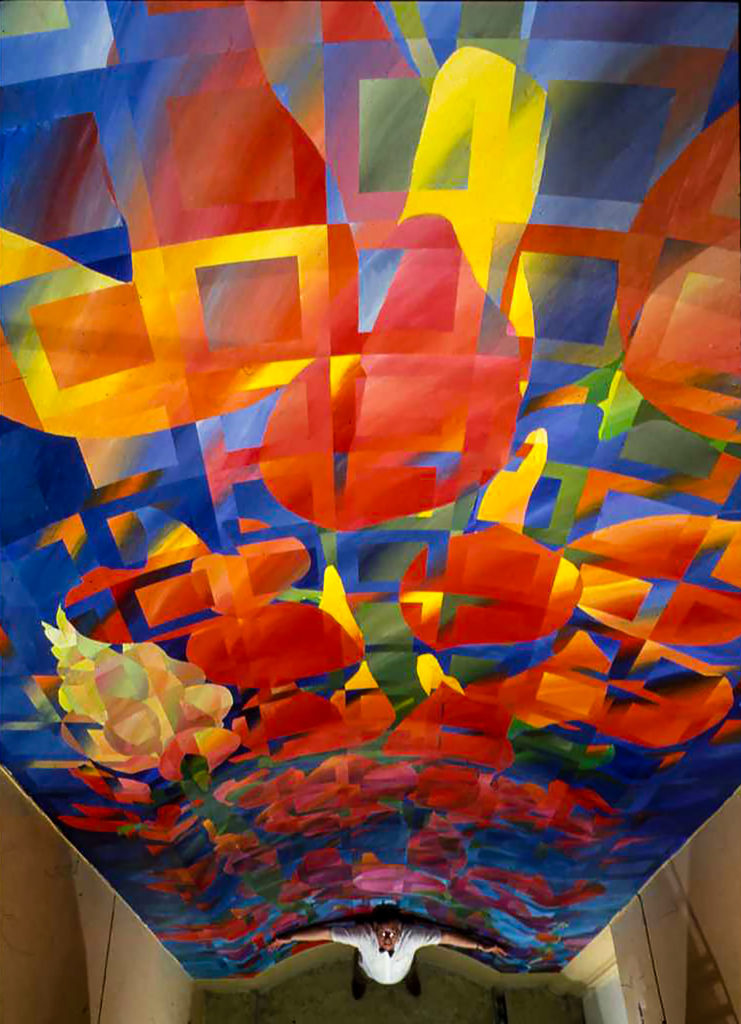 The Morley Mural
The Morley Mural
Identity may still be intact, but it takes more skill to see it, a little like a politician’s election promises. It reflects the difference between what our elected representatives promise and what the administrators control in changing and interpreting their instructions. This enables them to gain power for themselves without responsibility. Dislocating colour from identity allows an artist to play with interactions without being pinned to any kind of reality. Grids of rules distort and change the way we live our lives – the colour is moved into different patterns whilst the image is maintained, strangely disconnected from the colour. The establishment push back against the Brexit vote is a clear example of this in action, and it has taken years to get the decision at the ballot box enacted – and we are not quite there yet. My Brexit Daisy was about this process.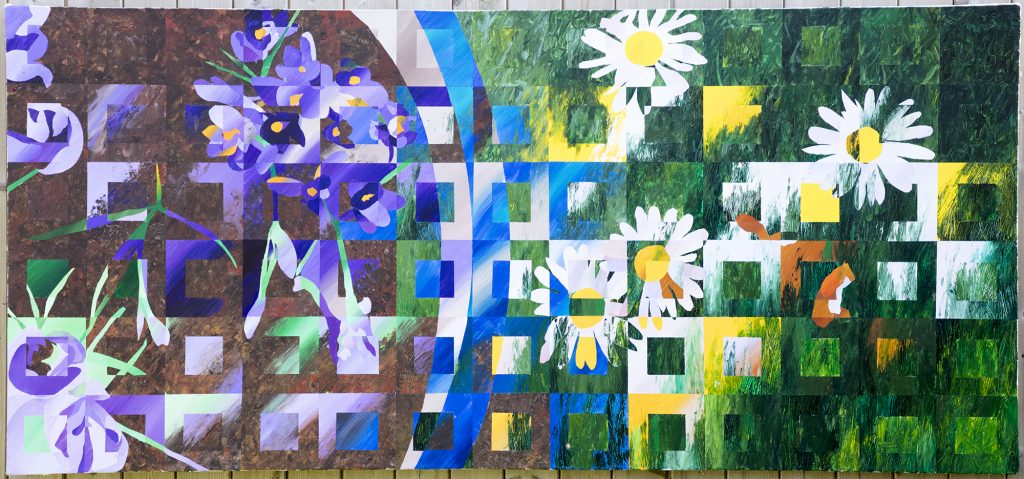 The ‘Brexit’ Daisy
The ‘Brexit’ Daisy
My working world has been in art and design practice, in education, and writing as an observer/critic. I had a dysfunctional childhood, a victim of a hierarchical grid in the armed forces, being a service brat. My brain was stretched by constant change rather than teaching or anything else, and like many service children I ended up an academic failure, joining other lateral thinkers in art college. I certainly had no support culture to introduce me to opportunity like many children do, no nepotism in my life, the services as an avenue was closed off by health problems picked up whilst in overseas postings of my father. No teacher ever mentioned University to me, so I have fought the system from day one it seems to me…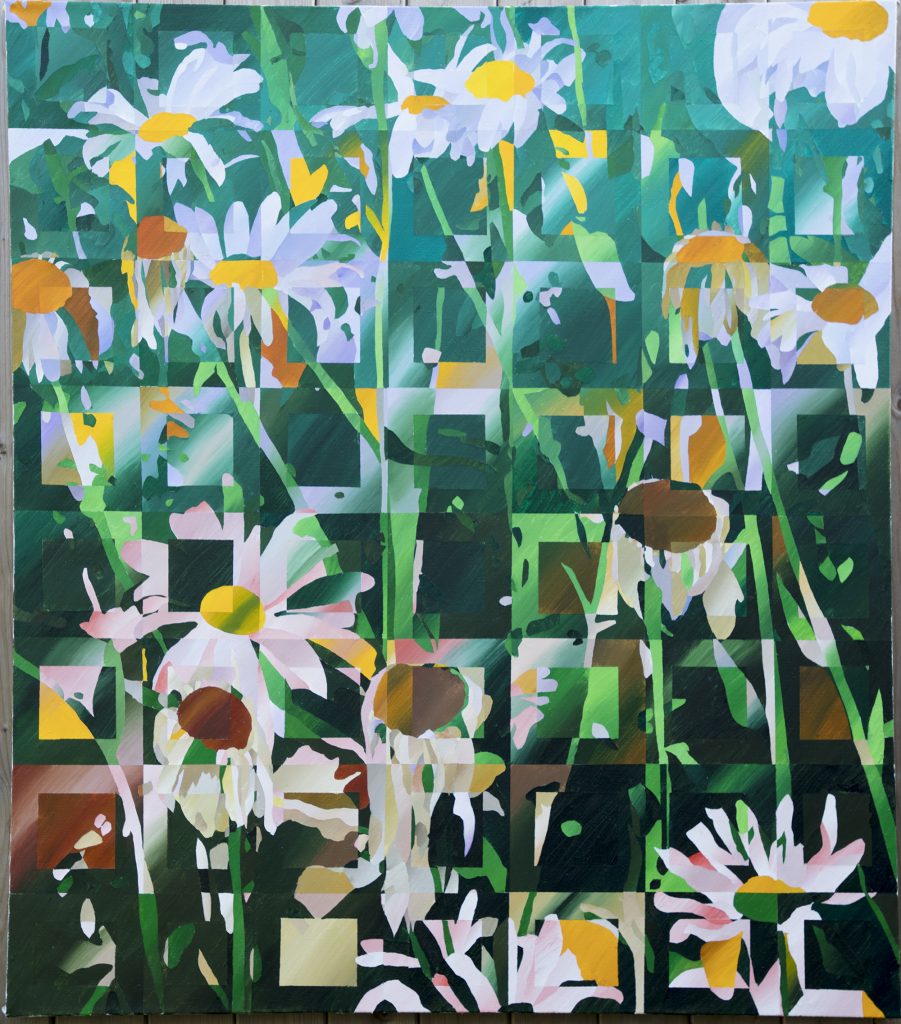 Daisies – private collection Seattle, WA, USA
Daisies – private collection Seattle, WA, USA
I did what many art students did in the late sixties and came out of college rejecting the only ‘career’ option offered, that of teaching. I ran a pub and did various other jobs (screen printer, dustman) as well as exhibiting my paintings before finally starting part-time work in art college. In today’s vernacular I was pretty well living ‘off the grid’. I was certainly outside any hierarchical grid that represents a career progression. I was largely self-employed, my life unstructured apart from around my art.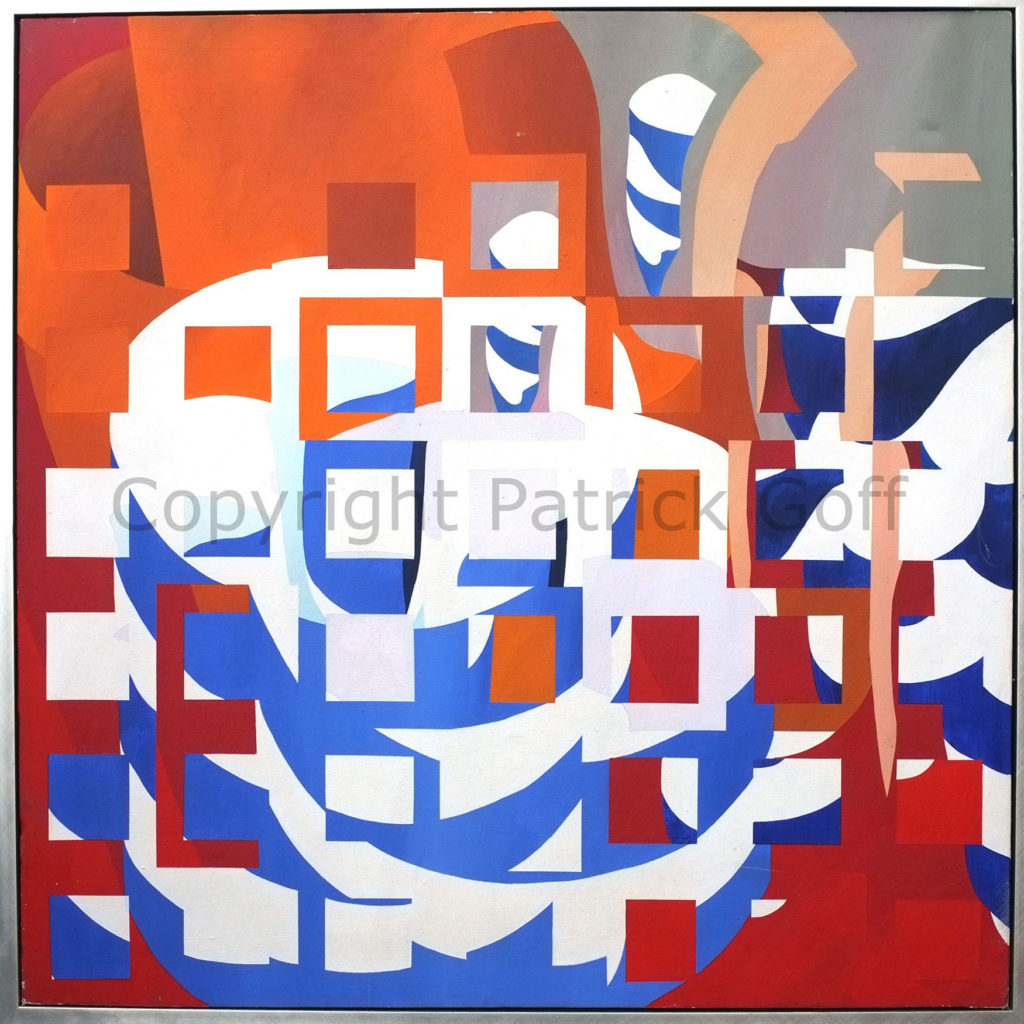
Tea for Two. Still life in a private collection in London, England.
Eventually in the late 70’s as a full-time course leader I became part of the beginnings of a nascent grip of national vocational qualifications, a new grid. I strongly believe that art students were amongst the brightest and the best decision makers because of their training, and that their opportunities came about because they were not linear thinkers like many of those academically trained. They think outside the grid(box). The task for the new qualification it seemed to me was to deliver skills to enable students to create their own grids to allow talent to flow in whatever direction the student desired.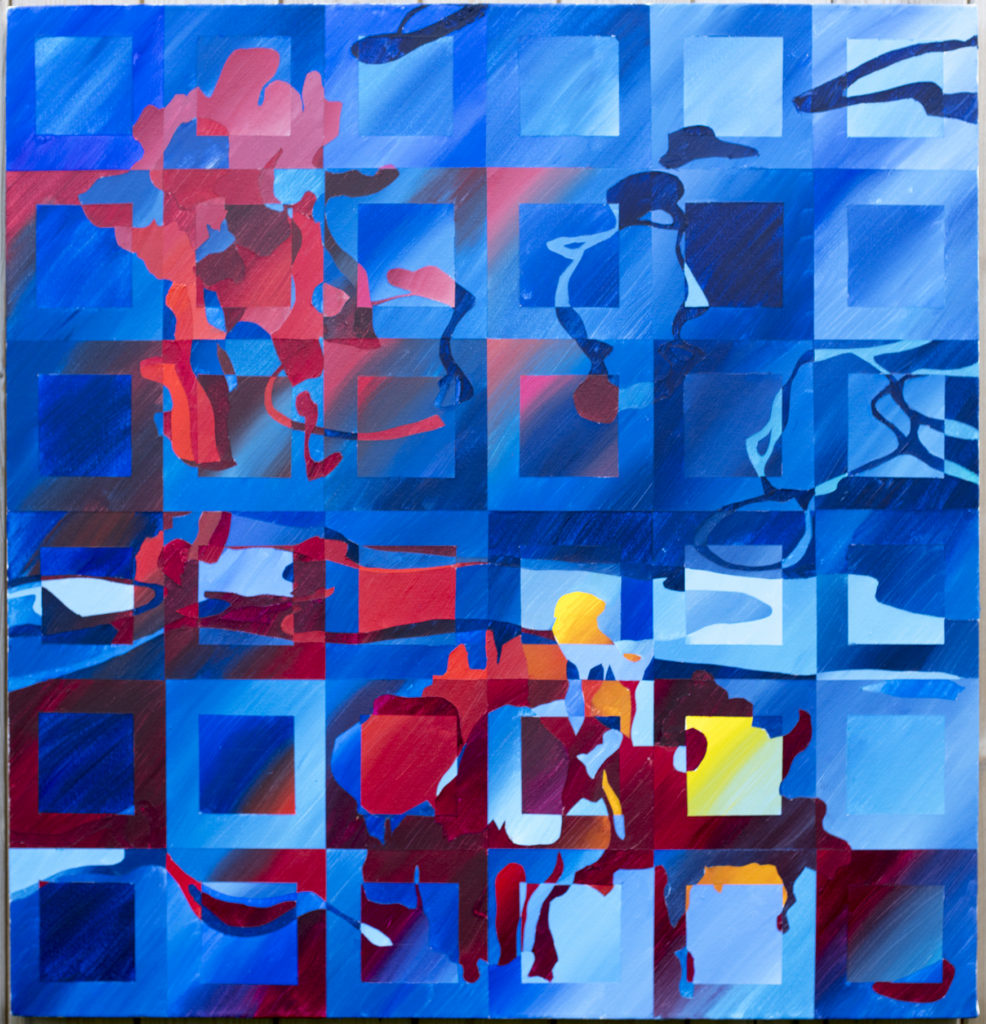 Tacoma Geraniums – 2 feet square, acrylic on canvas and still available from my gallery
Tacoma Geraniums – 2 feet square, acrylic on canvas and still available from my gallery
In Britain with the industrial revolution we placed art and design at the heart of our industries, but succeeding generations became dominated by those for whom rules were a framework, a safety harness, not the straight jacket they were for designers. My first words to art students on my courses were often “Rule Number One: There are no rules”.
J.S. Mill in his book ‘On Liberty’ set out to look at “the nature and limits of the power which can be legitimately exercised by society over the individual”. In our days of surveillance cameras, satellite imagery, drones and facial recognition systems (is the Net a grid?) he was prescient in 1859 in saying it would “make itself recognised as the vital question of the future”. It is the power of the surveillance grid now that is increasingly under question along with the rules it brings to control our lives.
The creative industries have become major exporting industries since the 50’s, art colleges producing not just artists and designers but also film, tv and music giants. Much of this is down to the training and education that inculcated the ability to create new things, to develop innovative ways of thinking and decision making outside the grid of preconceived wisdom. It relied on independence of art colleges within the education system.
This contrasted with self-directed research and occasional tutorials of the University classicist tradition. The art colleges had workshops and studios that were one of the most expensive areas of further and higher education so became targets for the bean counters. Much was effectively destroyed the late 1980’s by the creation of poor degree courses and the absorption of colleges into the University sector with teaching cut to far less contact time making workshops less available to students. The FE art and design sector shrank immensely as a result, diminishing opportunity for those with talent but not ability within formal academic (linear) thinking. Many workshops were rationalised out of existence.
Historically every town previously had its art college, often a feeder grid to higher institutions, developing basic skills, analysing and directing students into appropriate specialisations for them. They were set up by far sighted Victorians who saw art and design as the ginger to shake up industrial decision making, some grit in the machine, each college a place in which revolutionary instincts could be nurtured. Lateral thinking, ‘gut instinct’ (which is not instinct but a trained mind reacting to stimuli in an open and intuitive manner) does not form part of most degrees and the absorption of art colleges into University structures has done enormous damage by forcing conformity to teaching systems.
I used to go in and out of the art college sector in the belief that five or six years was a long time to be out of industry, and I needed to be up to date with technologies and techniques I was supposed to pass on to students. Thus, I set this as my time in education after which I should return to creating businesses (not thinking how this disadvantaged my pension of course). Some of this was voluntary, as in 1985 when I left teaching after seven or eight years having created a year or so before what became one of the largest design practice partnerships in the UK with a multimillion-pound turnover.
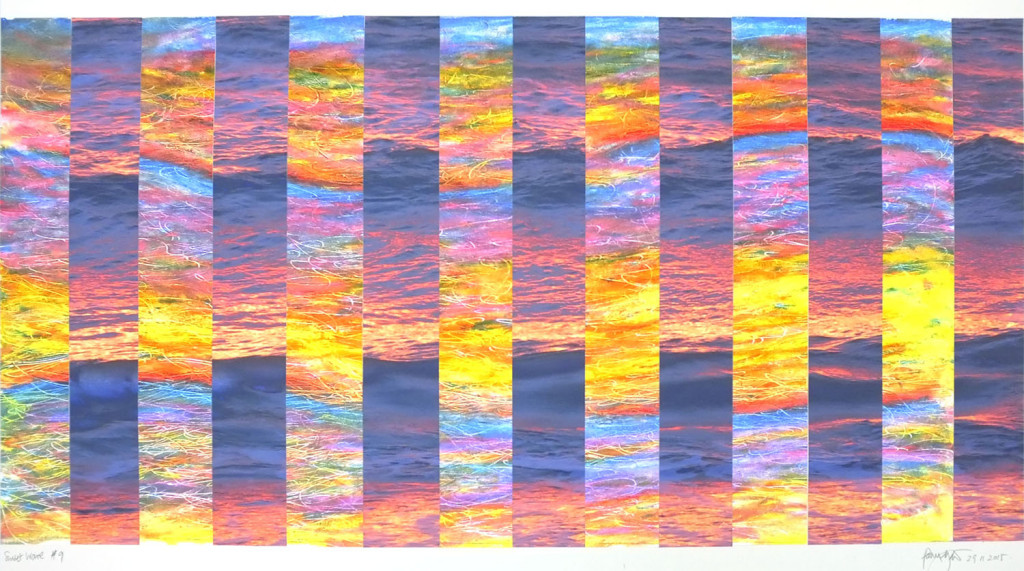
Sunset Wave Collage, oil pastel and photograph. Size approximately 16 inches high by 32 inches wide – available from my gallery
Creating within the business sector is at the mercy of political interference, and my first time came to an end destroyed by John Majors determination to stay within the ERM. My mortgage on 2,200 square feet of studios in Chelsea reached an astronomical 21%! I made more than 20 designers redundant before realising I could get back into education easier than they could find alternative design jobs as a whole industry imploded – many small businesses were killed by Major and his Chancellor as they sought to stay within a grid of currencies making up a nascent Euro. Like many other friends who ran companies the recession that followed this foolish political adventure, it took our houses, investments, pensions etc.. I have no love of politicians or their rules.
The upshot of the educational drive for more degree educated people was that cost was used as an excuse to close courses and merge many art colleges into Universities – pile’em high, sell‘em cheap. The nonconformist thinking diminished under pressure of conformity. It also resulted in the conversion of successful vocational programmes into degrees with a lessening of opportunity for the academically less able. One College Principal at a conference that I had a part in organising, stated that we in industry then should look to employ MA’s instead of BA’s because of lack of workshop training, theory replacing practice, would result in the diminution of skill base he and many others foresaw appearing in students leaving to join our art and design industries.
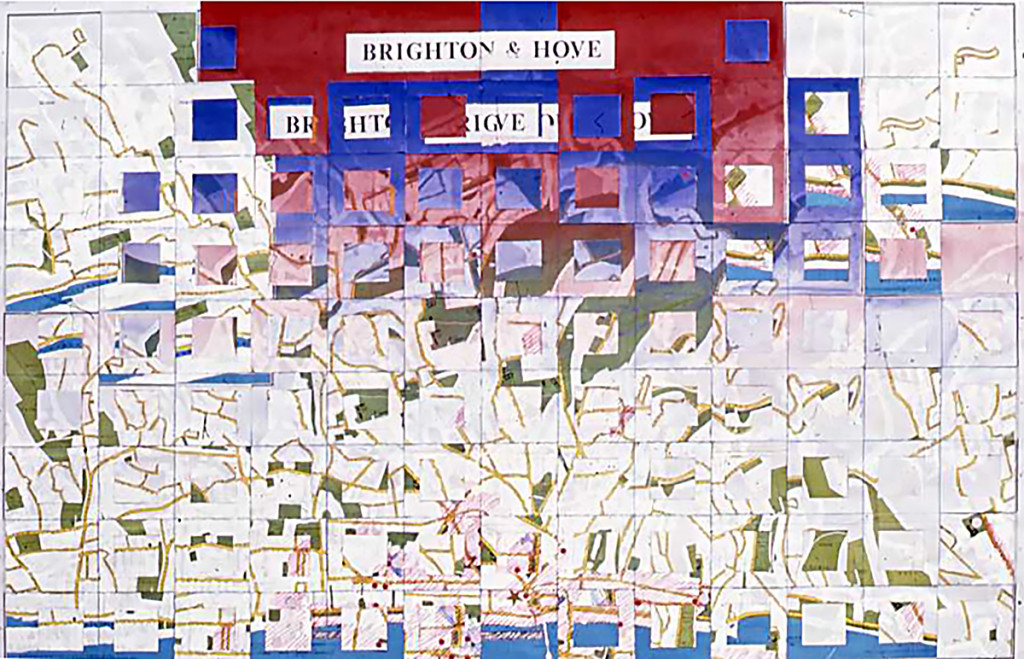
Memory map of Brighton. Events are coded and then collaged, Playing with how we read images, art as language, the grid. Want your own memory map? I accept commissions….
This was important in weakening industry as it removed many who were happy to be part of a studio that acquired and used technical skillsets that degrees student failed to acquire. These technical skills were an essential part of many design company processes and understanding them was frequently a key to innovation. Two things resulted from this:
a) over ambition in youngsters who moved for promotion before they were ready believing they were the design leaders. They acquired what they believed were management skills rather than ‘doing’ skills, their promotions frequently damaging the companies they were involved with
b) youngsters who would have entered a career in the design industries being deterred from college at all as they wanted ‘hands-on’ training not academicism, wasting much talent and energy
Recently one designer colleague running an internationally famous practice told me he had only two or three capable designers, another employing nearly 50 reckoned just six of those were capable designers. Still more took their practices abroad where educational programmes were based on the original pioneering UK model – a model so admired that I gave talks to, amongst others, Japanese design leaders trying to understand why their conformist system failed to produce the creative individuals that art colleges had been so successful introducing in the UK.
The closure of colleges would, of course, be denied and called a rationalisation. I know this to be untrue as I by coincidence bought this house from one of the men employed (he said) specifically with a brief to close art colleges down (described in part in my piece on social mobility). He said it was easy because art staff didn’t understand finance. I would say that art staff had a healthy contempt for the people trying to force them into a model that still does not favour creative dissension.
My paintings are developing in different ways as I struggle with this vision now. The ‘Peg’ series reflecting a new look at pattern and texture against grids (the rotating washing line) in my world, whilst the grid paintings, still based in images of my natural environment, are becoming more concerned with how texture and the mark as well as colour can be used to create unexpected juxtapositions of colour and form in the world on canvas, further demonstrating the hidden grid and ways to subvert it.
You see, rules have a habit of becoming so complex that they break the grid themselves. In life the Courts challenge the State, the voters challenge the establishment and confusion imperils order and social cohesion. People sit in the street making demands the majority will not want to listen to whilst real crimes such as the grooming gangs in Rochdale and Telford or priestly abusers escape any notice, damning many victims to damaged lives. Those responsible for creating the grid of rules use it to protect themselves from criticism, to stay publicly politically correct, whilst leaving others to be its victims because of their silent inactivity (e.g. the police forces in Pakistani rape gang towns and the leaders of the church).
J.S. Mill said in effect freedom is the ability to challenge the rules, the grid of laws and social convention. As artists we should challenge, change, innovate not conform to other expectations. The grid of galleries, art market and critics are not the arbiters of quality but a reflection of a reality unrelated to art, a reality of exploitation and control, of money. Our grid is different.

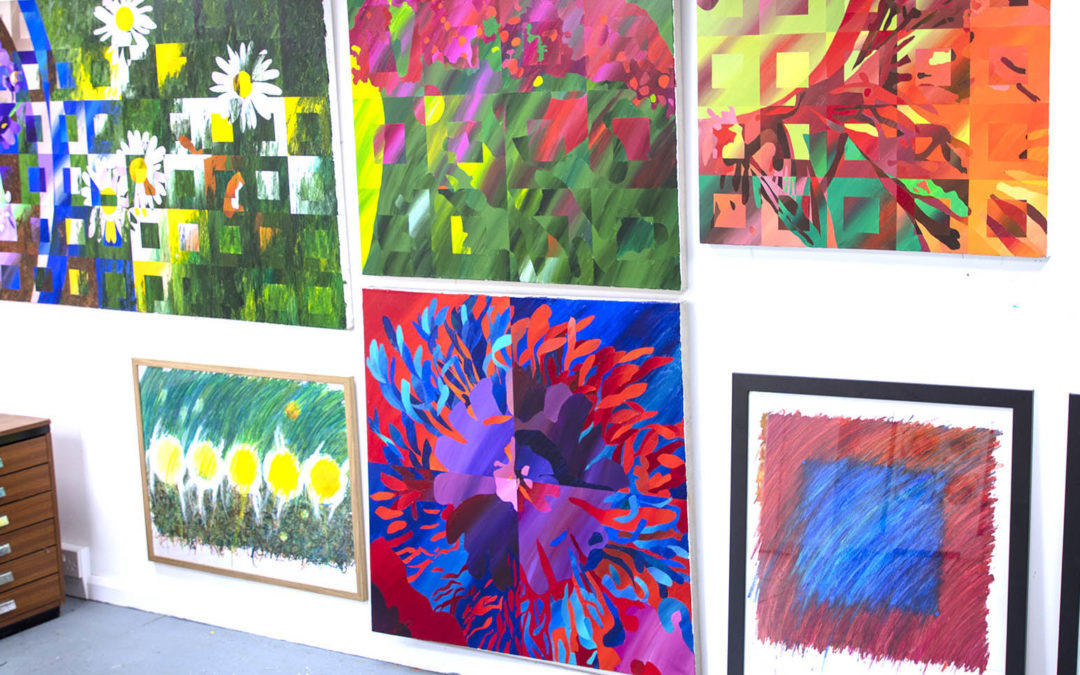
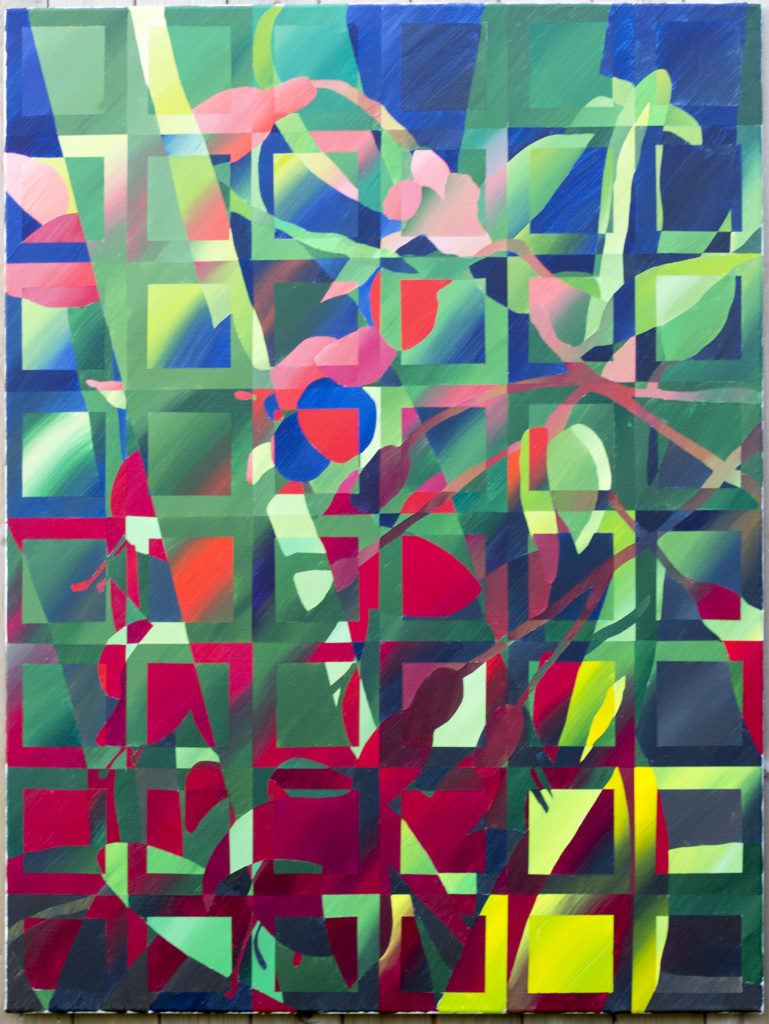
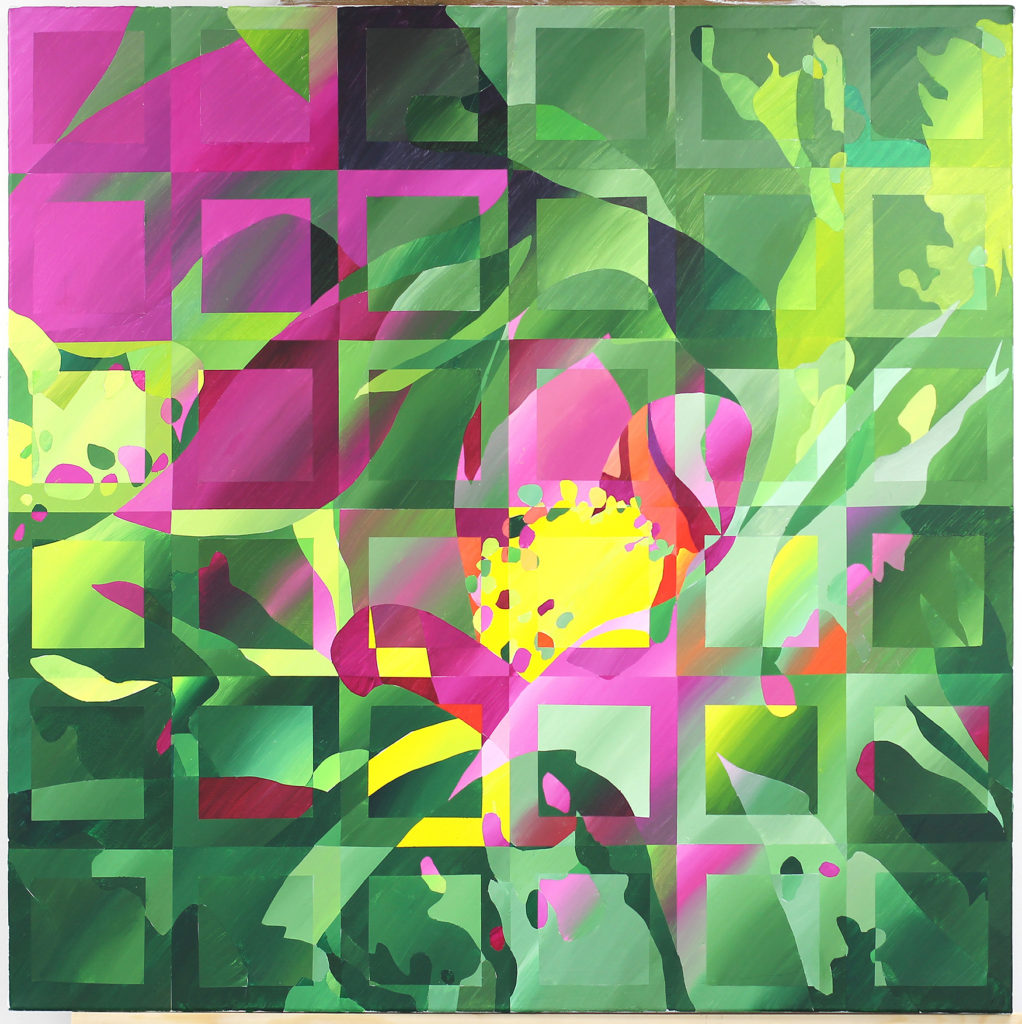

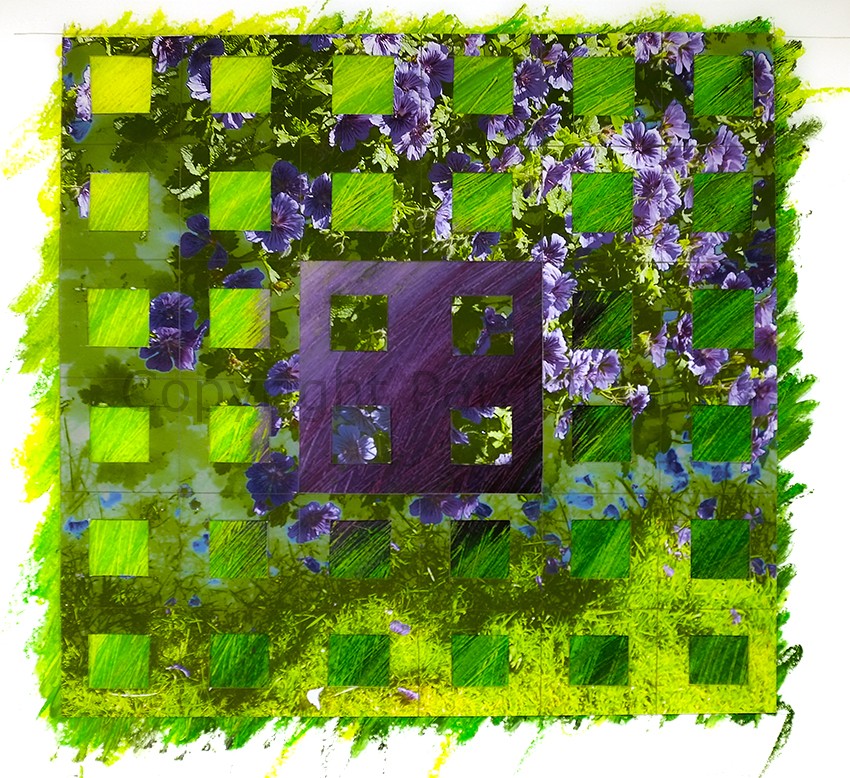
Recent Comments